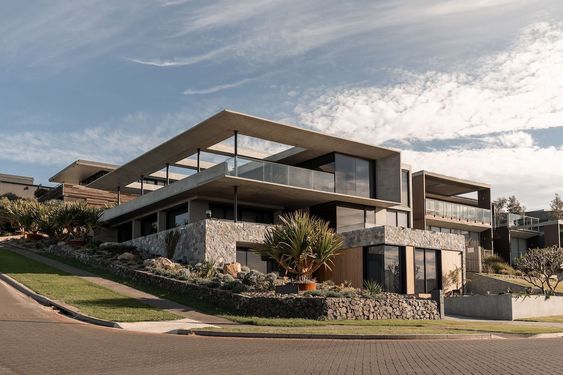Villas: A Commitment to Social Responsibility through Sustainable Living
Read latest blogs and articles from Housystan

The Information mentioned here was last updated on:
11/12/2025Villas in today’s world are not just symbols of luxury and comfort—they are rapidly becoming beacons of social responsibility and sustainable living. In regions such as California, Florida, and Texas, as well as across Europe and Asia, villa developers are embracing eco-friendly practices that appeal to conscious travelers and homeowners. These sustainable approaches not only reduce environmental impact but also foster healthier communities and promote local biodiversity. By choosing a villa designed with sustainability in mind, residents and visitors actively participate in a movement towards a more responsible way of living.
Modern villas are incorporating advanced green technologies such as solar panels, rainwater harvesting systems, and energy-efficient appliances. Sustainable architecture, using locally sourced materials and natural ventilation, is also gaining momentum in locations like the Mediterranean coast, Bali, and the Indian subcontinent. These innovations help reduce carbon footprints and utility costs while ensuring a comfortable, luxurious experience for occupants. Many villa communities in regions like the French Riviera or the Caribbean are even implementing green spaces, organic gardens, and community-led recycling programs, further cementing their dedication to environmental stewardship.
Social responsibility within villa developments extends beyond the environment. In cities such as Dubai, Cape Town, and Barcelona, property managers are collaborating with local artisans and businesses to support economic growth and cultural preservation. Fair labor practices and community outreach initiatives are integral parts of these projects, ensuring that the benefits of sustainable villas are shared by the broader population. Villas in regions with rich cultural heritage often host workshops and events that educate guests about local traditions, inspiring a deeper respect and connection to the area.
- Verified Tenants/Buyers
- Unlimited Property Listing
- Zero subscription/charges fee
When searching for villas in your region—whether in coastal California, the lush hills of Tuscany, or the vibrant outskirts of Sydney—prioritize those committed to sustainability and social responsibility. These properties not only offer exquisite comfort but also contribute to a greener future. By supporting eco-conscious villas, you help build resilient communities and preserve the natural beauty that makes every region unique. Choose sustainable living, and make a positive impact wherever you go.